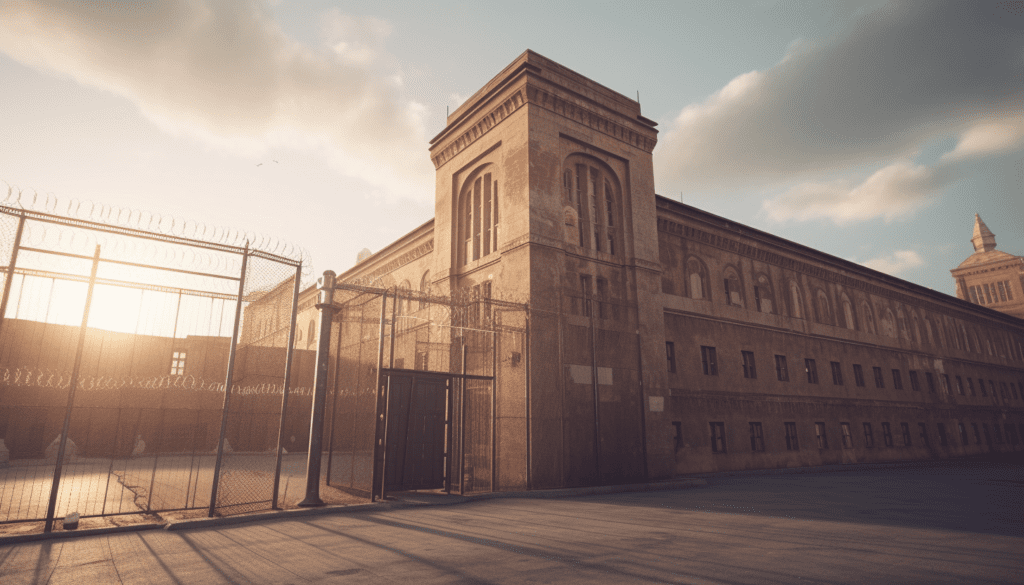What crimes are a Category B prisoner?

What Crimes are a Category B Prisoner Convicted Of? An In-Depth UK Guide
Introduction
The prison system in the United Kingdom is a multi-layered structure, categorised to suit the varying levels of security needed for different types of offenders. One category that often garners attention is “Category B.” So, what crimes are Category B prisoners typically convicted of? In this comprehensive guide, we’ll explore this subject in detail, focusing on the UK’s criminal justice system.
What is a Category B Prison?
Before we delve into the types of crimes, it’s crucial to understand what Category B prisons are. These facilities require a higher level of security than Category C prisons but are not as stringent as Category A. Inmates in Category B prisons are considered to pose a risk to public safety but are not categorised as maximum-security threats.
Characteristics of Category B Prisons
Moderate to High Security: These prisons feature enhanced security measures, including CCTV surveillance, secure fencing, and regular patrols.
Limited Movement: Inmates have restricted freedom of movement within the facility and are subject to routine checks.
Rehabilitation Focus: While security is a priority, Category B prisons also offer various rehabilitation programmes to prepare inmates for life after prison.
What crimes are a Category B prisoner?
Common Crimes for Category B Prisoners
Violent Crimes
Individuals convicted of violent offences, such as aggravated assault or grievous bodily harm, often find themselves in Category B prisons. These crimes involve physical harm but may not warrant maximum security.
Drug-Related Offences
Those involved in drug trafficking or distribution, but not at the highest echelons, are often housed in Category B facilities. These individuals are involved in the drug trade but are not considered kingpins.
Robbery and Armed Theft
Inmates convicted of robbery, particularly those involving firearms or other weapons, are commonly placed in Category B prisons. The presence of a weapon elevates the crime’s severity, necessitating higher security.
Sexual Offences
Some sexual offenders, depending on the severity of their crimes and their risk assessment, may be placed in Category B facilities. This could include offences like sexual assault or indecent exposure.
Organised Crime
Members of organised crime syndicates, who are not the leaders but are actively involved in criminal activities, often find themselves in Category B prisons.
Repeat Offenders
Individuals with a history of reoffending, especially for crimes that pose a risk to public safety, are also likely to be placed in Category B facilities.
How is the Category Determined?
The Ministry of Justice conducts a thorough assessment, considering factors like the nature of the crime, the length of the sentence, and the risk to the public. This assessment helps determine the most suitable category for each prisoner.
Conclusion
Understanding the types of crimes that lead to a Category B classification can provide valuable insights into the UK’s criminal justice system. These prisons are designed to house inmates who pose a significant, but not maximum, risk to public safety. With a balanced approach to security and rehabilitation, Category B prisons play a crucial role in the UK’s approach to criminal justice.



